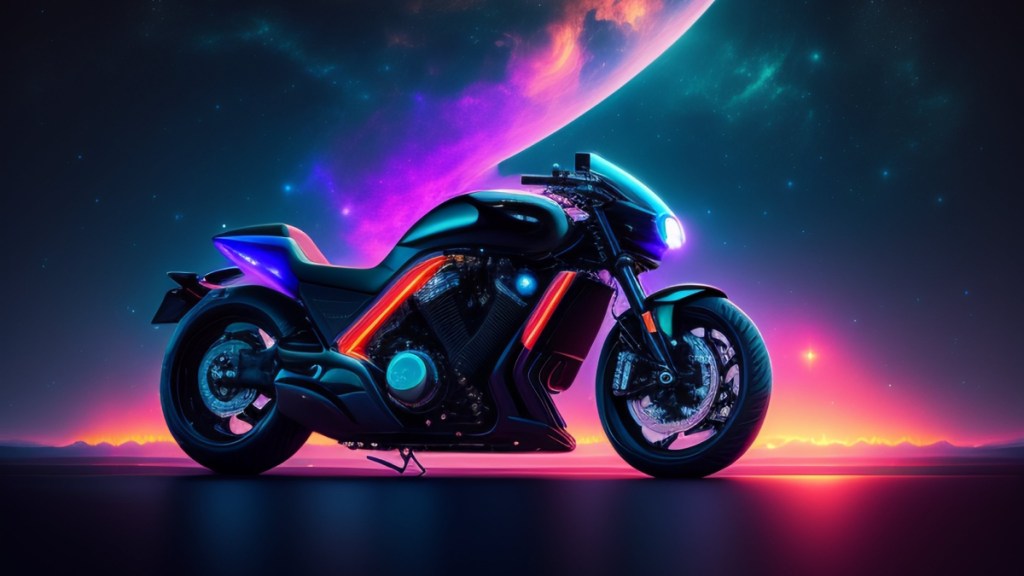By Ranjita Ravi
Seventy years ago, India was a country that relied solely on imports to meet its demand for two-wheeled transport.
Today, India is the world’s largest motorcycle market, accounting for nearly 40% of the total volume of two-wheelers sold across the world, with localised production of top-of-the-line products for domestic and export markets. But all of this did not happen overnight.
Development of the Indian motorcycle market
The debut of indigenous manufacturing of two-wheelers in India began in the early ‘60s with the licensed production of motorcycles and scooters through collaborations with international marques.
Japanese manufacturers entered the market, introducing a bevy of low displacement fuel-efficient four-stroke models. When motorcyclists yearned for more power to keep up with traffic, 125-150cc bikes were introduced in the late ‘90s and early 2000s.
All thanks to the convenience and versatility that they provide, twist-and-go scooters were launched and quickly emerged into one of the largest selling segments within the Indian two-wheeler market.
By 2010, premium bikes began gaining traction across engine capacities and price points, which made performance accessible to a wider audience. Today, this is the hottest segment in the country, with the 200cc-500cc slice of the pie witnessing the most action.
Advent of the electric two-wheeler
Although electric two-wheelers have been a relatively new segment in India, its trajectory has been like that of petrol two-wheelers.
Powered by primitive lead acid batteries, the first crop of electric two-wheelers were predominantly scooters that were imported for low speed, low cost, and short urban commutes.
Driven by soaring fuel costs and a growing awareness of climate change, electric mobility gained traction. This wave of electric two-wheelers was more reliable and backed by better after-sales service.
Soon after, electric motorcycles were launched that were targeted at consumers looking for large-wheel stability and enhanced ride quality that was lacking in the scooters. Small businesses found the long-wheelbase bikes perfect for use as delivery vehicles.
Now, Indian motorcyclists want their electric bikes to have better acceleration, nimble handling, a practical range, and attractive styling characteristics that are comparable to petrol bikes in the market.
Manufacturers are beginning to take measures to satiate these evolved consumer needs. Motors with higher outputs are now making their way into electric motorcycles, and energy-dense lithium-ion batteries ensure that range is not being lost in the pursuit of performance.
Digitalisation has been a key driver for features in electric bikes this aspect. ‘Over the Air’ software updates, LED screens and mobile-enabled applications are beginning to become the norm for premium electric motorcycles, and in the process are even superseding comparable ICE models in this regard.
Accelerating into the future
In terms of sheer volumes, the market share of models that provide economy will always be higher than those that are synonymous with outright performance. This has held good with petrol bikes, and it will apply to electrics as well.
However, every iconic motorcycle marque is best known by the superlative bike that sits at the topmost rung in its portfolio and not by its economy models that sell in vast numbers. Similarly, electric two-wheeler companies will also need to build their credibility and brand equity with their high-performance models, which will then trickle down to their mass-market products.
As passionate Indian motorcyclists have begun to demand more performance from electric motorcycles, manufacturers now can make an exhilarating riding experience accessible to a wider market segment which is currently growing at 12% CAGR. In fact, this segment alone is expected to hit $7 billion in the next 5 years.
Performance has finally found its way into electric motorcycles and scooters as well. This will certainly create enough attraction to draw even the most ardent motorcycle fans into the electric mobility fold in the years to come.
The author is Co-Founder, Orxa Energies
Disclaimer: The views and opinions expressed in this article are solely those of the original author. These views and opinions do not represent those of The Indian Express Group or its employees.



















